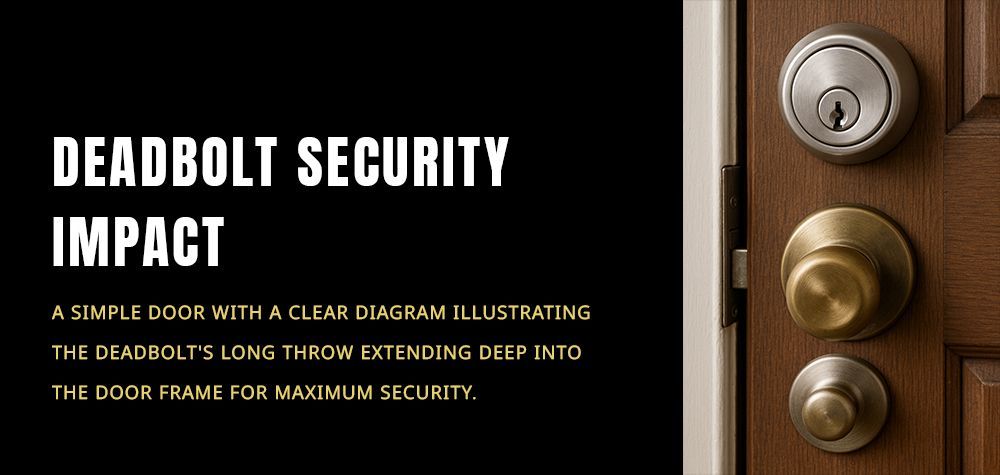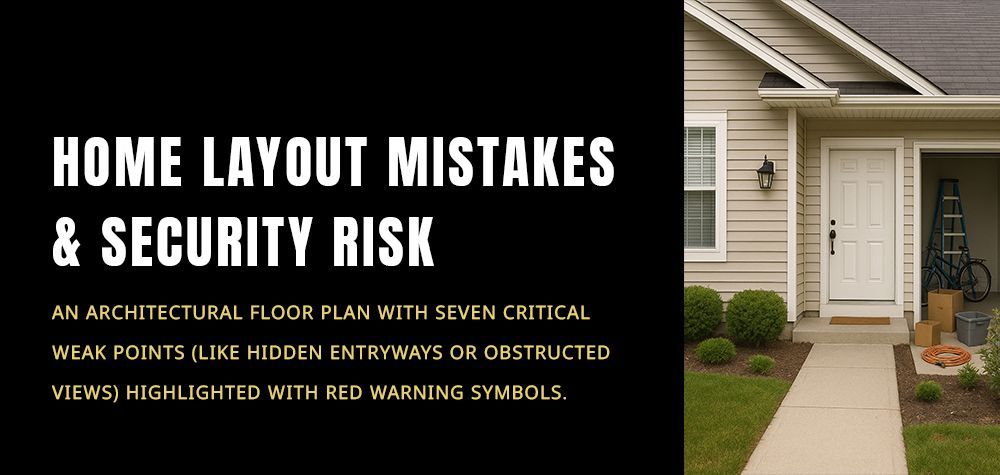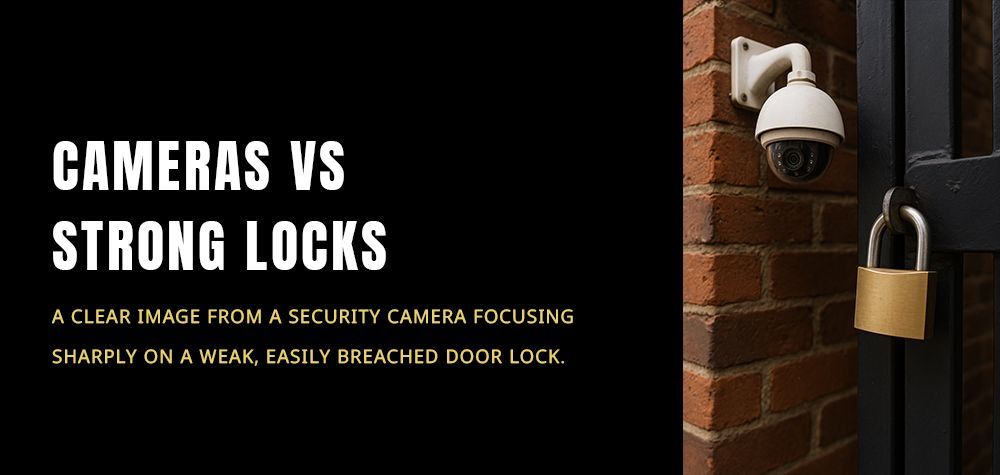Are Rusty Locks a Security Risk? Why You Shouldn’t Ignore Them
Rusty locks may seem like a minor annoyance, but they can pose serious security risks if left unchecked. A rusted lock can weaken over time, making it easier to break, pick, or jam. Many homeowners overlook the problem until they find themselves locked out—or worse, dealing with a break-in due to compromised security. If you’ve noticed rust forming on your locks, it’s time to take action before it’s too late. This guide will walk you through why rusty locks are a problem, the risks they pose, and what you can do to prevent or fix them. You can also consult a professional locksmith for this issue.
Why Do Locks Rust? Common Causes and How to Prevent It
What Causes Locks to Rust?
Rust forms when metal is exposed to oxygen and moisture for prolonged periods. This process, known as oxidation, causes the metal to deteriorate, making it brittle and less effective. Outdoor locks, especially those on gates, garages, and doors exposed to rain or humidity, are particularly vulnerable. In coastal areas, the salty air can accelerate rust formation. Even indoor locks can rust due to high humidity, water damage, or a lack of proper maintenance.
Some common factors that contribute to lock rust include:
- Weather Exposure: Rain, snow, and high humidity can lead to rust, especially on exterior locks.
- Poor-Quality Metal: Cheaper locks may rust faster due to lower-grade materials that lack corrosion resistance.
- Lack of Maintenance: Dirt and moisture accumulation inside a lock can speed up the rusting process.
- Environmental Factors: Homes near the ocean or in industrial areas are more susceptible to rust due to higher salt or chemical exposure in the air.
Understanding what causes rust can help you take preventive measures before your locks become a serious problem.
The Security Risks of Rusty Locks
Rust does more than just make a lock look old and worn—it weakens the very mechanism that keeps your property secure. Here’s why rusty locks pose a security risk:
1. Easier to Break
A rusted lock is structurally weaker than a new one. With enough rust buildup, the lock’s internal components can degrade to the point where they snap under force. A burglar using a crowbar or wrench can break through a rusted lock much faster than a well-maintained one.
2. Increased Chance of Malfunctions
Rust can cause the internal pins and tumblers in a lock to stick, making it harder to turn the key. In some cases, the lock might jam completely, leaving you locked out or unable to secure your home properly.
3. Easier to Pick
Rusty locks often have looser components due to corrosion, which can make them easier to manipulate with lock-picking tools. A lock that is easier to pick is an open invitation to burglars.
4. Compromised Door and Frame Integrity
When rust damages the lock, homeowners often exert extra force to turn the key, which can eventually weaken the door or frame. This not only makes the lock itself more vulnerable but also the entire entryway.
Importance of regular lock maintenance
How to Check if Your Lock is at Risk
If you suspect your locks are rusting, here’s how to assess the damage:
- Look for Visible Rust: Check the surface of the lock and keyhole for reddish-brown corrosion.
- Listen for Grinding Noises: If turning the key produces a rough or scraping sound, rust may be affecting the internal parts.
- Check for Stiffness: Difficulty inserting or turning the key is a major sign of rust buildup inside the lock.
- Test the Lock’s Response: If the lock doesn’t turn smoothly or gets stuck, it may be compromised by rust and in need of repair or replacement.
Repairing Rusty Locks: When to Fix and When to Replace
If you catch rust early, you may be able to clean and restore your lock rather than replace it. Here’s what you can do:
Fixing a Slightly Rusty Lock
If the rust is minimal, follow these steps to clean and restore functionality:
- Apply a Rust Remover: Use a commercial rust remover or a homemade solution of vinegar and baking soda.
- Scrub the Lock: Use a toothbrush or wire brush to gently scrub away rust buildup.
- Lubricate the Mechanism: Apply graphite or a silicone-based lubricant to ensure smooth movement.
- Test the Lock: Insert and turn the key several times to distribute the lubricant evenly.
When to Replace the Lock
If your lock is heavily corroded or still malfunctioning after cleaning, replacement is the safest option. Signs you should replace the lock include:
- The key won’t turn even after lubrication.
- The lock has visible cracks or excessive rust.
- You frequently struggle with unlocking or locking the door.
- The lock no longer provides a secure fit to the door.
Replacing the lock with a rust-resistant model, such as a stainless steel or brass lock, can prevent future rust issues.
Preventing Rust: Expert Recommendations
To keep your locks rust-free and functional for years, follow these maintenance tips:
- Use Rust-Resistant Locks Choose locks made from high-quality, rust-resistant materials like stainless steel, brass, or aluminum.
- Apply Protective Coatings Use a waterproof sealant or spray-on rust inhibitor to protect your locks from moisture and corrosion.
- Regular Cleaning and Lubrication Clean your locks every few months and lubricate them with graphite or silicone-based lubricants to keep internal mechanisms running smoothly.
- Control Moisture Levels In humid environments, use a dehumidifier inside your home to reduce moisture that could accelerate rust formation.
- Inspect Locks Regularly Check your locks at least twice a year for signs of rust or wear and address any issues before they become severe.
Conclusion: Don’t Underestimate Rusty Locks
A rusty lock isn’t just an eyesore—it’s a real security threat. Ignoring rust can lead to lock malfunctions, easier break-ins, and the inconvenience of getting locked out of your own home. The good news? With regular maintenance, proper materials, and timely replacements, you can keep your locks rust-free and your property secure. If your locks are already rusting, act fast—because when it comes to home security, every small detail matters.
Call Us Any Time!






